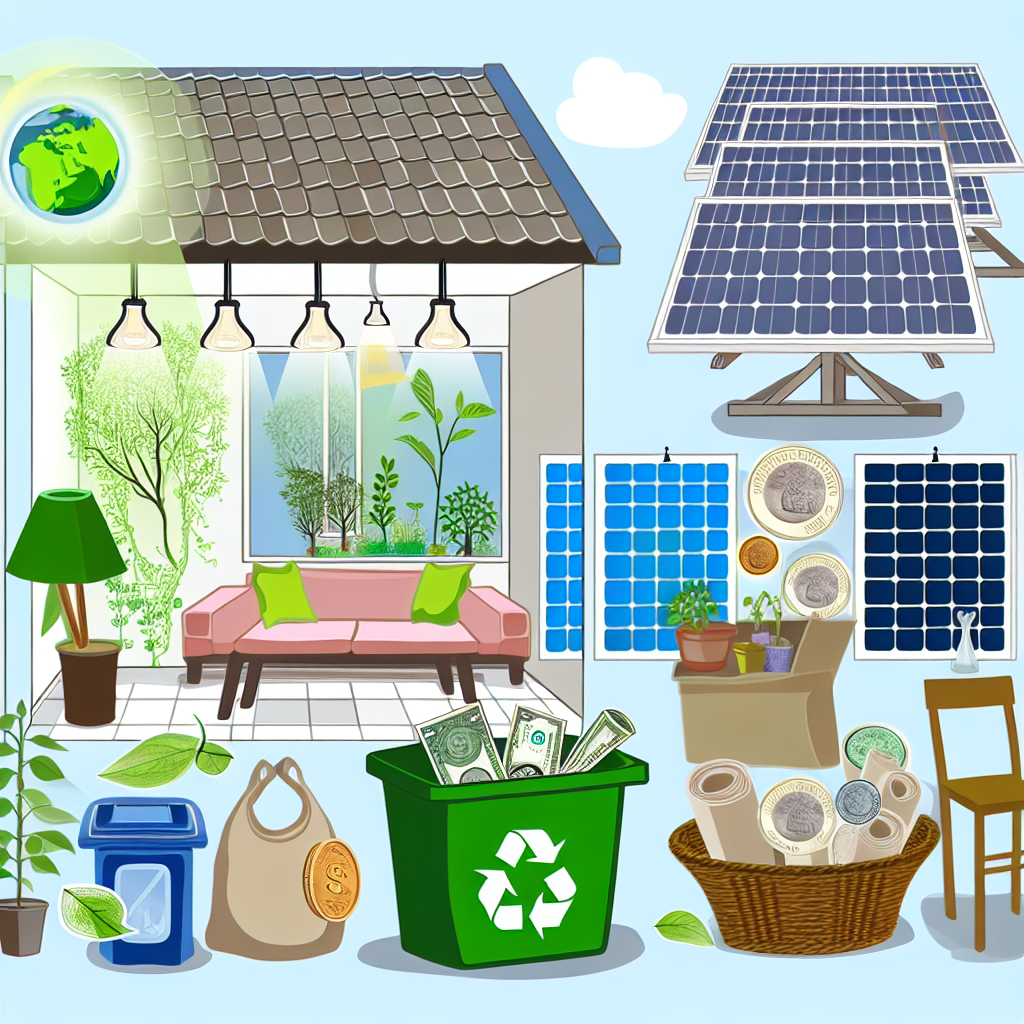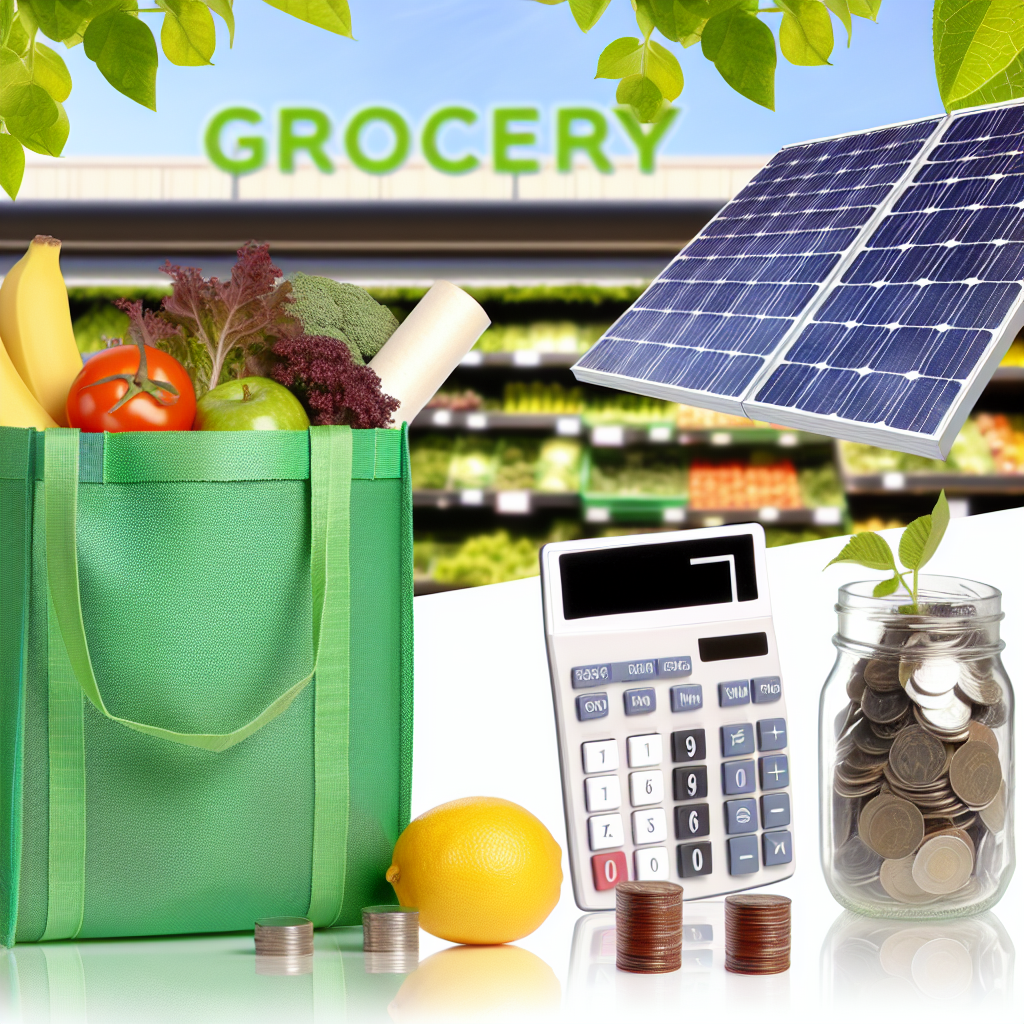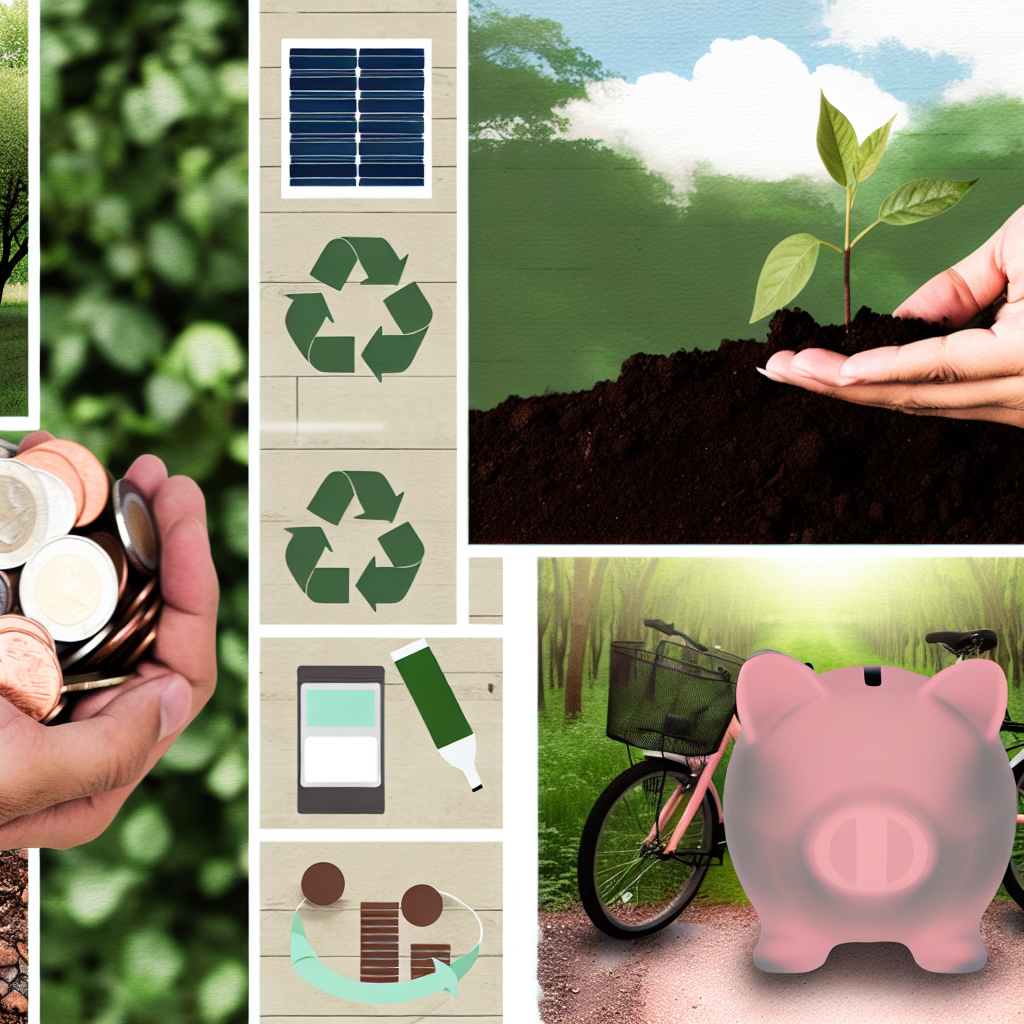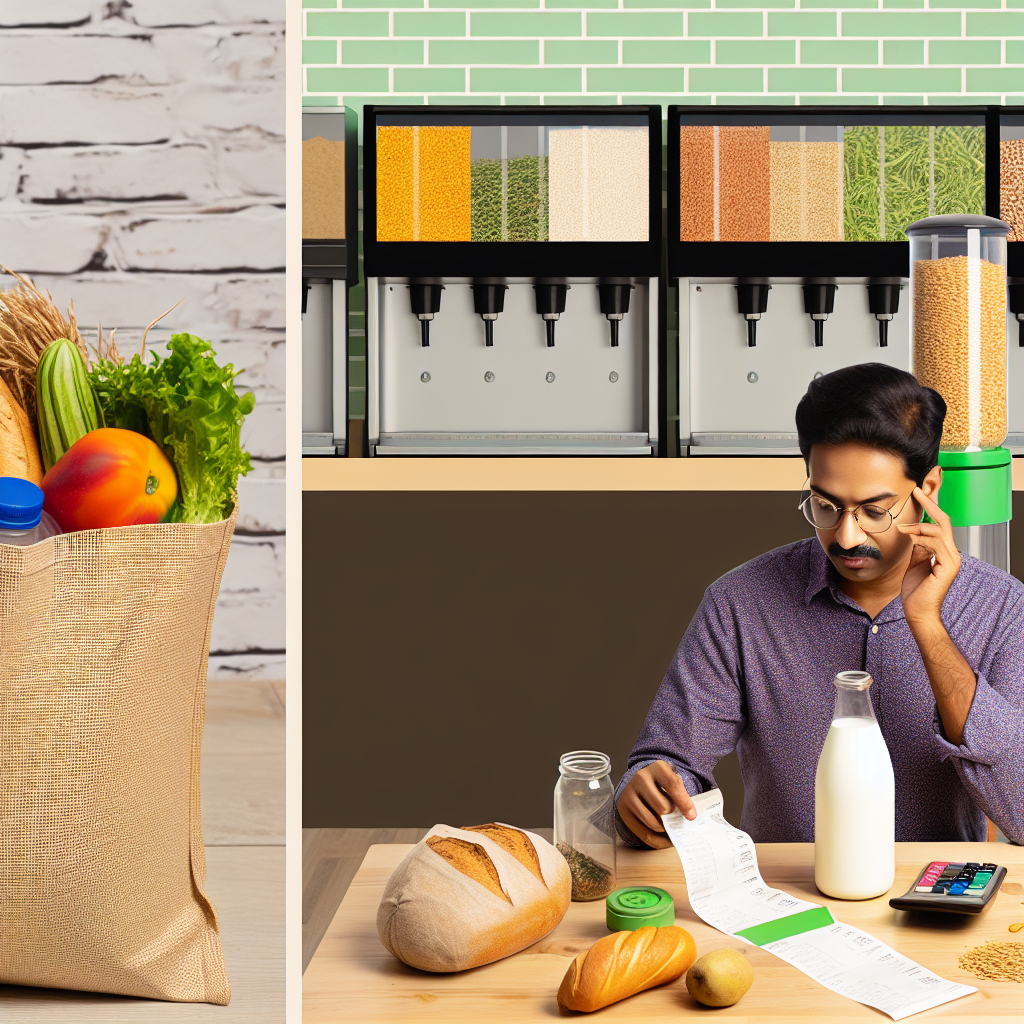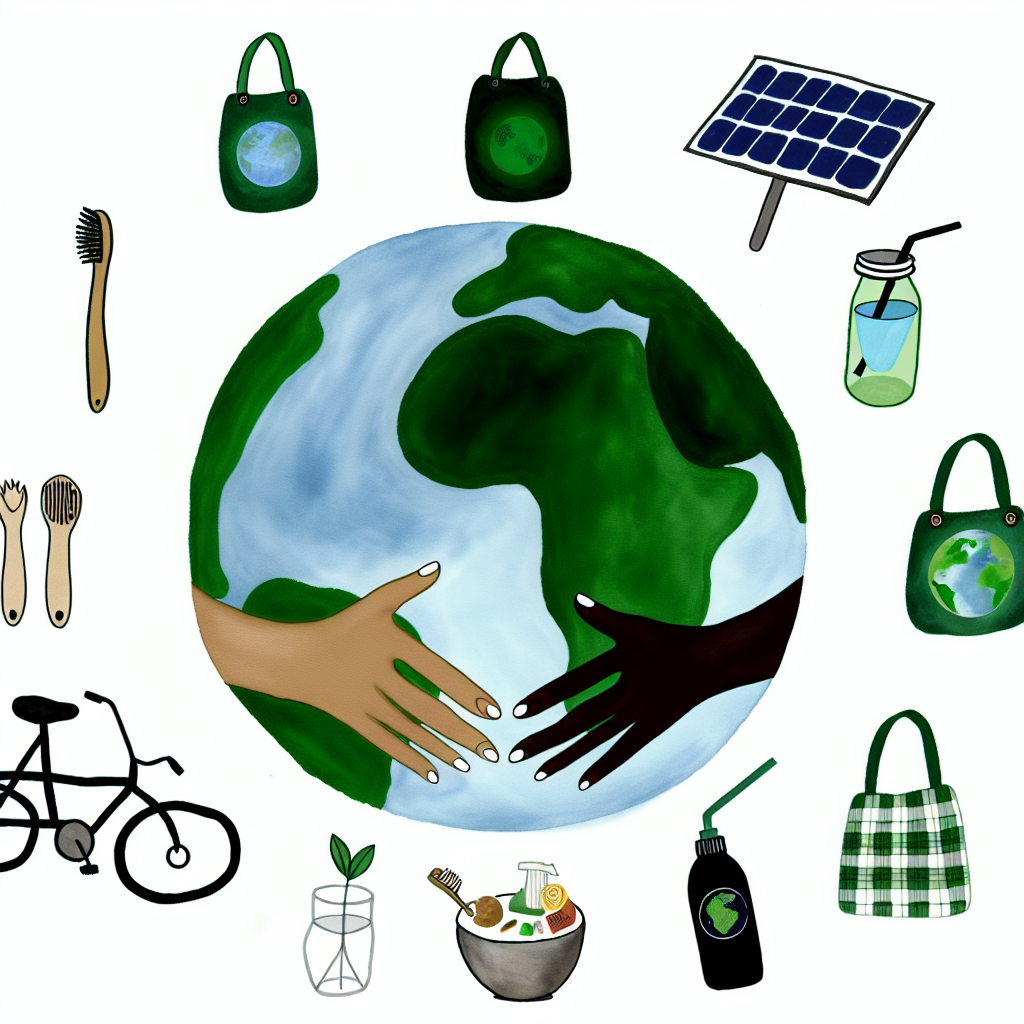10 Easy Swaps for a Green Home That Save You Money
Welcome to the Frugal Corner! Here, we mix living in an earth-friendly way with saving money. Whether you’re someone who loves helping the planet or just wants to spend less, it feels great to do both! These 10 easy swaps can make your home eco-friendly without spending too much.
1. Energy-Efficient Lighting
Let’s be honest, no one likes changing light bulbs a lot. Switch to LED bulbs—they last up to 25 times longer and use 75% less energy. It’s like a lighting superpower! By using LED bulbs, you’ll be smiling when your next electricity bill is lower than usual.
- Benefits of LED Lighting: Longer-lasting bulbs, saves energy, and less carbon in the air.
- Save Money: A home can save about $225 every year by using LED lights.
2. Save Water
Be a water-saving hero! Install low-flow showerheads and faucets. They cut down water use without turning your shower into a trickle. Use water-saving appliances and collect rainwater for your garden to save water without even thinking about it.
- Low-Flow Fixtures: Use up to 30% less water.
- Water-Efficient Appliances: Save water and the power needed to heat it.
- Rainwater Harvesting: Gives plants water from the sky.
3. Kitchen Changes
The kitchen is the heart of the home but doesn’t have to waste a lot. Use reusable cloths for spills instead of paper towels. Buy in bulk and use glass or steel containers to cut waste. Your kitchen will look cool and be green!
- Reusable Cloths: Cut paper towel use by a lot.
- Bulk Buying: Fewer store trips and less waste.
- Glass/Steel Storage: Less plastic and no bad smells.
4. Green Cleaning Products
Make your home sparkle without hurting the planet. Use things like vinegar, baking soda, and lemon juice for cleaning. If you’re not into making your own, try eco-friendly brands for a safe and clean home.
- DIY Solutions: Cheap and no bad chemicals.
- Eco-Friendly Brands: Fewer bad chemicals at home.
- Benefits: Healthier home for everyone.
5. Less Waste
Cutting waste starts with easy steps. Compost to help the earth, much better than tossing scraps. Know what you can recycle and use things like beeswax wraps and cloth bags instead of plastic.
- Composting: Less landfill trash and better soil.
- Recycling: Learn local rules and recycle right.
- Plastic Alternatives: Use beeswax wraps and bags.
6. Smart Heating and Cooling
Don’t let your bills go up! A programmable thermostat can change temperatures based on your day. Seal drafts in windows and doors, and use ceiling fans to move the air around wisely.
- Programmable Thermostat: Saves at least 10% energy.
- Sealing Drafts: Stops heat or cool air from escaping.
- Ceiling Fans: Helps cool or warm rooms well.
7. Green Laundry Tips
Make laundry day green! Wash clothes in cold water to save power. Use wool dryer balls instead of dryer sheets. Line-dry clothes, when possible, to let nature do the work.
- Cold Water Wash: Saves energy by not heating water.
- Wool Dryer Balls: Cut drying time and soften clothes naturally.
- Line-Drying: Clothes smell fresh from the air.
8. Thoughtful Shopping
Before you buy, think if you need it, or if a used item would do. Stores and sites have great second-hand finds that are good for the earth and your wallet. Support brands that care about being green.
- Minimalism: Make smart, thoughtful buys.
- Second-Hand Goods: Spend less and need less new stuff.
- Sustainable Brands: Buy from eco-friendly companies.
9. Green Home Decorations
Add your own touch to home decorations while being green. Houseplants clean the air and make your home cheerier. Use sustainable materials or make DIY projects to give things a new life.
- Houseplants: Natural air cleaners.
- Sustainable Materials: Good for our planet.
- Upcycled Décor: Love creativity and our earth.
10. Renewable Energy
Try using renewable energy at home for extra eco-points. Solar panels lower your need for grid power and could get you tax savings and lower energy bills. Or look into community energy programs for local green power.
- Solar Panels: Move toward being energy-independent.
- Community Energy Programs: Share green resources.
- Benefits: Tax credits and savings make it easier to start.
Conclusion
These swaps are more than just green choices—they’re steps toward living in a way that fits with the planet, your budget, and your peace of mind. Start small, make changes slowly, and watch your home become greener and your savings grow.
Talk to Us!
We’d love to know what you think or any other swaps you’ve tried. Share your thoughts in the comments below and let’s motivate each other to live simply and boldly. Check out the links for more tips and products. Happy green living! 🌿
